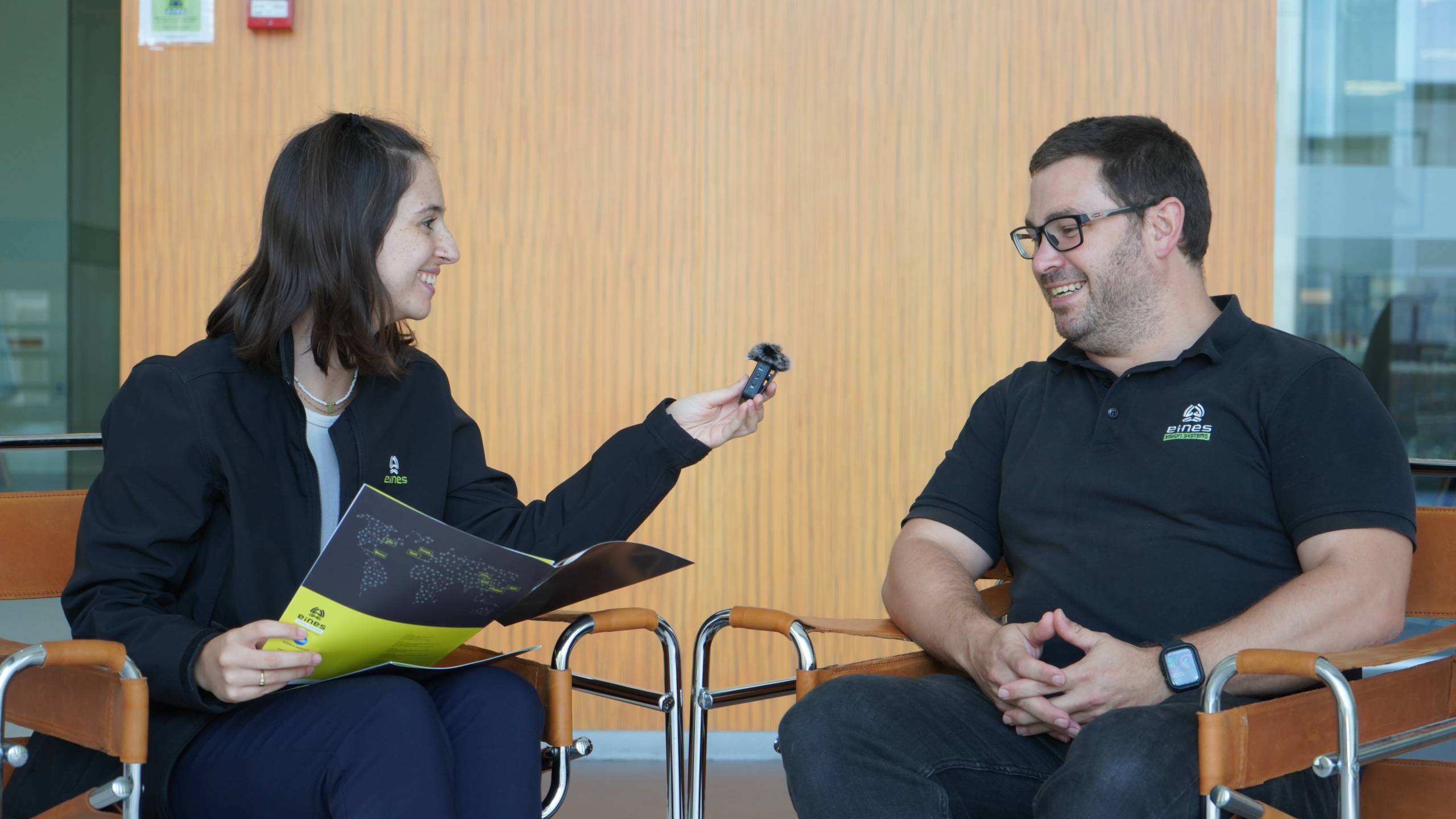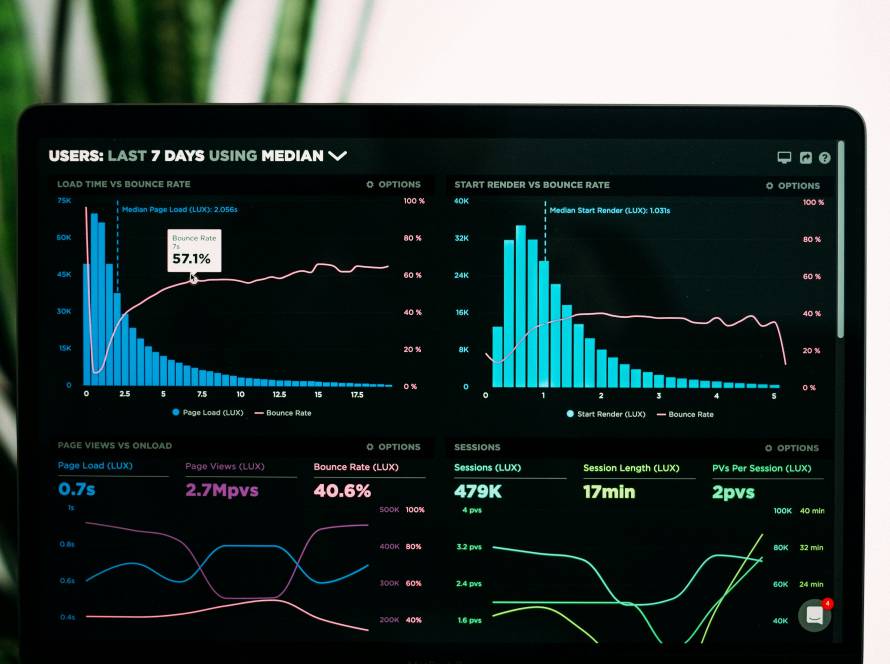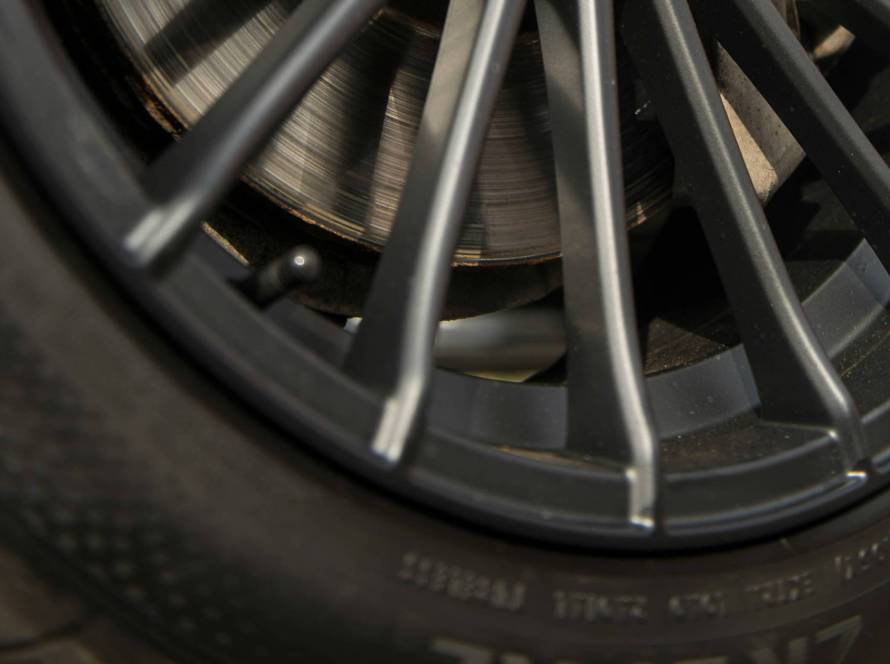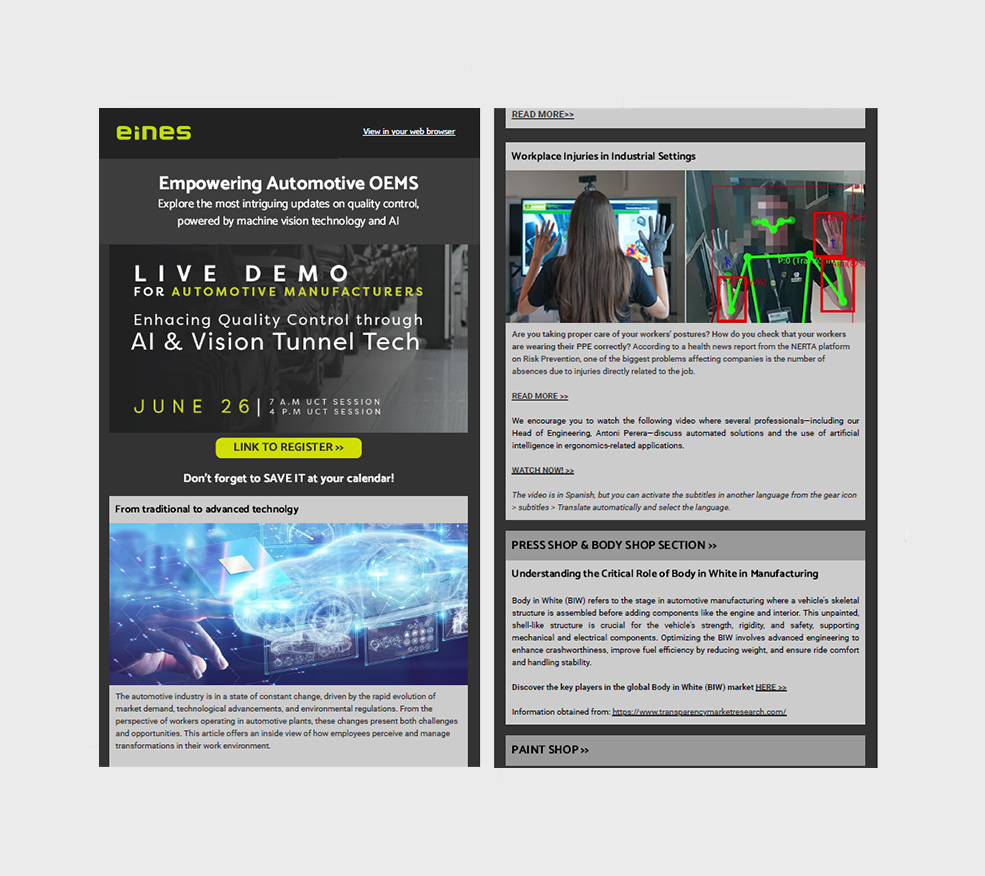Today, to promote our Wheel & Tire webinar – which will take place on the 16th of October- we got in touch with one of our experts. Our colleague José Artola has been with Eines Vision Systems for more than 8 years and has been involved in the world of wheels and tyres for almost the same number of years. After many installations around the world and high experience in the subject, José has agreed to answer us a series of questions for those who want to know more or even are about to decide whether to invest in a quality control system for Wheel &Tire.
Let’s start with the interview…
Paula: Hi José, how are you? Thank you for helping us extend the capabilities of our systems by answering these questions.
–José: My pleasure.
Paula: Alright, let’s get started then, what kind of inspections do you usually do for Wheel & Tire Quality Control?
José: Identifying the tyre to see that it is in sequence. This is done with a Flow control* and an Eris* system as a minimum (see notes below to understand what these programmes are). This inspection is done at the beginning because if it is not checked correctly and a tyre is taken to the tyre fitter that does not match the rim there may be material breakage, as there is no correspondence. Before reaching the fitter stage, rims and tyres are always checked so that this does not happen. They are checked to make sure they are in sequence and correct.
Once they have been mounted and inflated, they go to the balancing machine, because the wheels always need to be leaded. Again, we identify the rim again, as there are several balancing machines and they don’t usually check the flow, nor the parts they have… We identify them to avoid mistakes before they leave the plant and before they reach the assembly stage, and they all go in a chain to the assembly plant, where they are mounted on the car.
To summarise, we always check that the wheel is the one in the sequence and to control this we run a Flow control and an Eris.
Paula: How interesting! Within the quality control flow, you usually look at the labels as well, don’t you? As far as I understand it…
José: I’m glad you asked. Yes, at the end of the whole process we also check the labels that they must carry as a rule, either with our error-proofing programme or our Esis programme (Eines Sticker Identification System). This is important, firstly, because of the regulations of each country and, secondly, because they may vary depending on the area where the wheels are to be marketed. For example, in some countries spare tyres carry mileage stickers, in Europe they have to carry 80km/h stickers or in Arabia the lettering is not in English but in Arabic. All this is checked before leaving the plant.
Paula: I see that you check and control the whole flow almost from the beginning of the process. Do you usually inspect any important elements that are worth mentioning?
José: We inspect the insertion of the valve in the rim. This is a very important process as a badly inserted valve can lead to breakage of the valve when repairing it, making it practically unusable. Checking these processes is important in order to discard as little material as possible. This inspection can be done by robots or manually.
Obviously with robots it is easier because everything is measured so that the robot can insert the valve into the hole. By means of 3D guidance it is determined where the insertion hole is and then a photo is taken to see if it is indeed inserted correctly.
If it is manual, we would first have to take a photo and see where the hole is and then the rotator would change the direction of the rim and position it towards the camera that takes the photo to see if it is correct or not.
Paula: The interesting thing about all this is that when you take so many photos, I suppose all this information is saved, isn’t it? In case you want to check it again later.
José: Exactly, we keep a record for one year. If the client asks for more, we can extend the hard disk, there’s no problem with that.
Paula: And the installation, is it very complex?
José: No, it is not complex at all. We carried out the tests here in Eines, so all we have to do is install it. It took us a couple of days to set it up. Not long, basically.
Paula: Well José, thank you very much. To finish off, I would like to ask you what you are working on at the moment, are there any new systems that have been launched on the market? Can you tell us a little bit about them?
José: Yes, we have just developed new systems to inspect the DOT of tyres and rims with a solution called ERSI. On the one hand, we have what we call AutoDot, which is an automatic DOT (Department of Transportation) code reading system. It is designed to improve traceability and production control. It’s a system that combines positioning sensors, lighting, and a set of three cameras to capture accurate images of the DOT code on the perimeter of each wheel. The truth is that we were already being asked about this project before it came out and was finalised. It’s a product bombshell because this process is fast and seamless.
Paula: The truth is that the other day I saw a demo and I was impressed… And what can you tell me about ERSI?
Jose: The Ersi is designed to detect surface defects on rims quickly and accurately. Like the AutoDot it uses a set of cameras and dedicated lighting but in this case there is a rotary motor that allows a complete scan of the surface. The cycle time in both cases is only a few seconds and it also allows the digitisation and traceability of the data, for production as well as predictive and preventive analysis which is one of the typical requirements to be able to draw reports and metrics from inspections and quality control.
Paula: Well, thank you very much José for answering these questions and for your time. Let’s not give away any more about these new solutions… otherwise we will have nothing to tell you in our next webinar on 19 September!
José: Of course! It was a pleasure 😊
To learn more about new developments like AutoDot and Ersi sign up for our next webinar: The Future of Wheel &Tire Quality Control. And if you can’t attend but you are interested in the topic, just fill in this form. EXCLUSIVE FOR AUTOMOTIVE MANUFACTURERS ONLY and if you are from the industry we will send you DEMOS of these systems.
Notes
Flow Control: global programme that communicates with the different programmes.
Eris: Eines Rim Identification System.
Esis: Eines Sticker Identification System.






